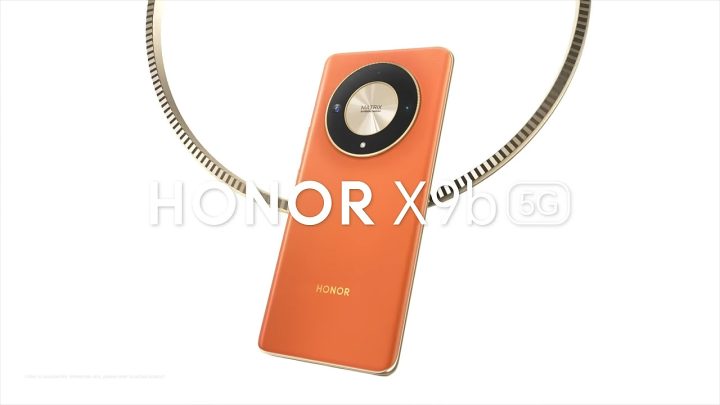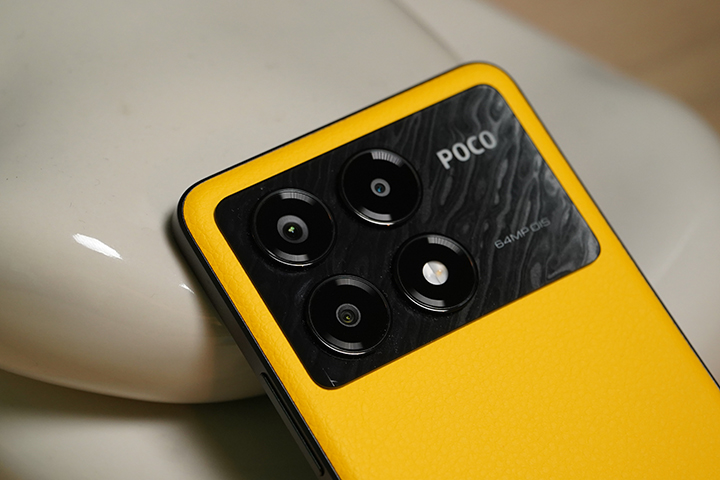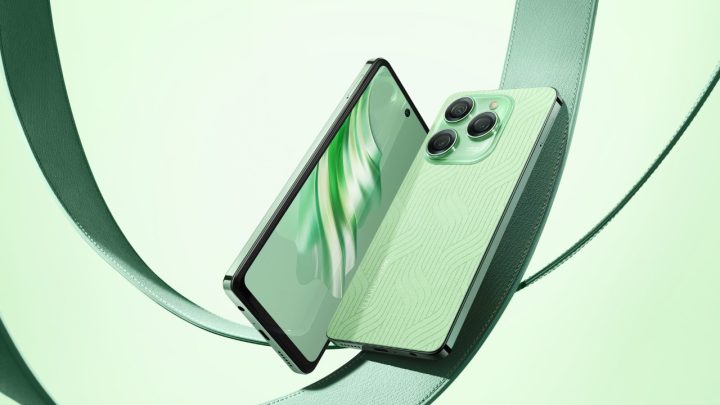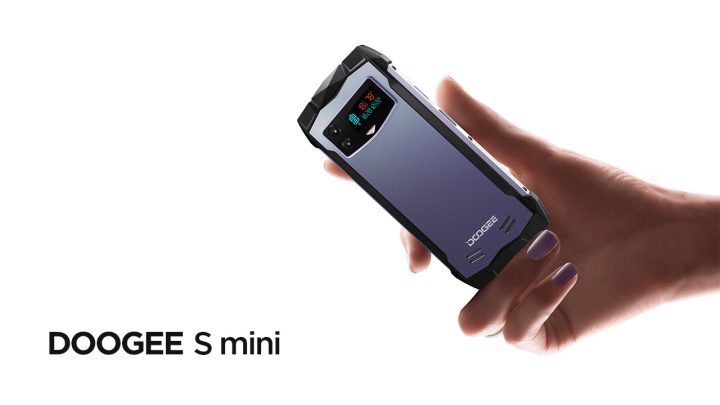There are currently two WiFi bands being used by most routers and devices, the 2.4GHz UHF and 5GHz SHF radio waves. Both are widely used and has become the standard. Samsung has developed a new band, the 60GHz, that allows for wireless speeds of up to 4.6Gbps.
The new standard, 802.11ad, has a theoretical data transfer rate of 575MB/second. That’s about 5 times faster than current WiFi connections (transferring files from one device to another on the same wireless network). That’s more than 4 times faster than using a wired LAN (1 Gigabit).

While most of us would not really care about local WiFi speeds except for the actual internet speed that it carries, the new WiFi 802.11ad standard would mean the WiFi coverage would be wider and the signal can efficiently pass thru interferences like walls and other obstacles.
On a related note, here’s a quick study on how WiFi signal behaves at home (How to position your WiFi router to get best signal) and we also shared 12 Tips to Boost your WiFi Signal at Home.
{source}





























“Samsung has developed a new band, the 6.0GHz, that allows for wireless speeds of up to 4.6Gbps.”
> typo. 60 GHz
the new WiFi 802.11ad standard would mean the WiFi coverage would be wider and the signal can efficiently pass thru interferences like walls and other obstacles.
>wider coverage? false. Frequency is inversely proportional to range.
>efficiently pass thru interferences? false. frequency is proportional to propagation loss.
“the new WiFi 802.11ad standard would mean the WiFi coverage would be wider and the signal can efficiently pass thru interferences like walls and other obstacles.”
Actually, that’s not true at all.
RF 101: The higher the frequency, the lesser is it’s penetrating power and range. Just like how your voice can pass through walls but your flashlight can’t. The same reason why the max coverage of GSM 900 is greater than the coverage of TD-LTE 3500.
If you’re on a different room, the 60GHz band would have to switch to a lower band and lower bit rate to be able to Tx/Rx through walls so it’s no different from your standard WiFi. You’ll only gain that speed boost when you’re in the same room as the access point.
Obstructions inside the room are not an issue for the 60GHz band since the 802.11ad standard uses beamforming techniques that are able to propagate signals through reflected waves.
tl;dr: Office with a single, large room: useful
Office with lots of smaller rooms: not practical
hindi ko na binasa kasi ang haba, gusto lang kita murahin!
PUTANG INA KA!!!!
MAMATAY KA NA SANA!!!
Thank you for your wonderful insight! I sure learned something new: that the world is full of idiots like you.
Well good for them…not for us here in Ph coz anung use ng mabilis na wifi kung mabagal din ang net…perhaps for local area networking na instead of wires, this would be better.
higher band translates to higher energy consumption. battery breaktroughs must keep up with the latest technology